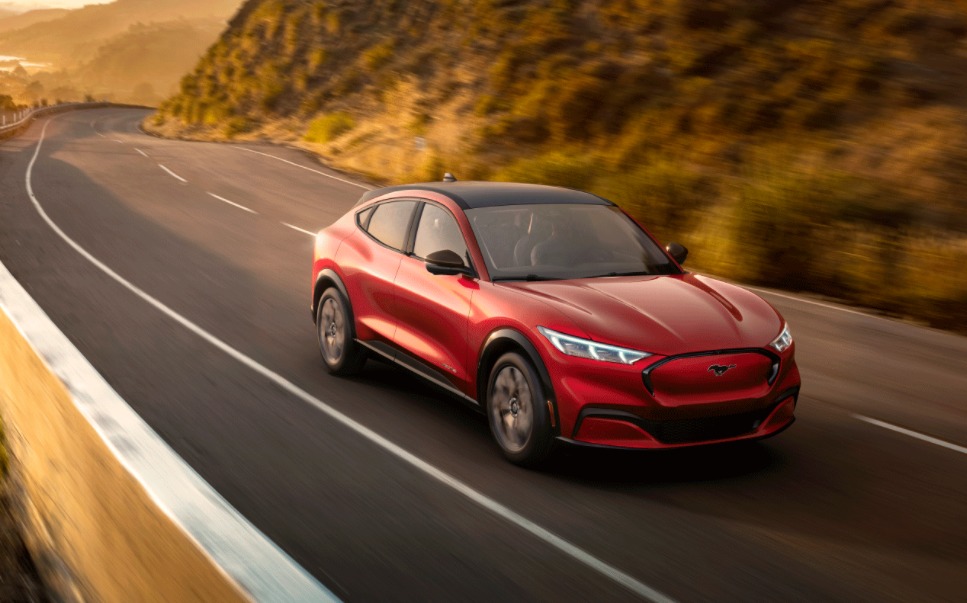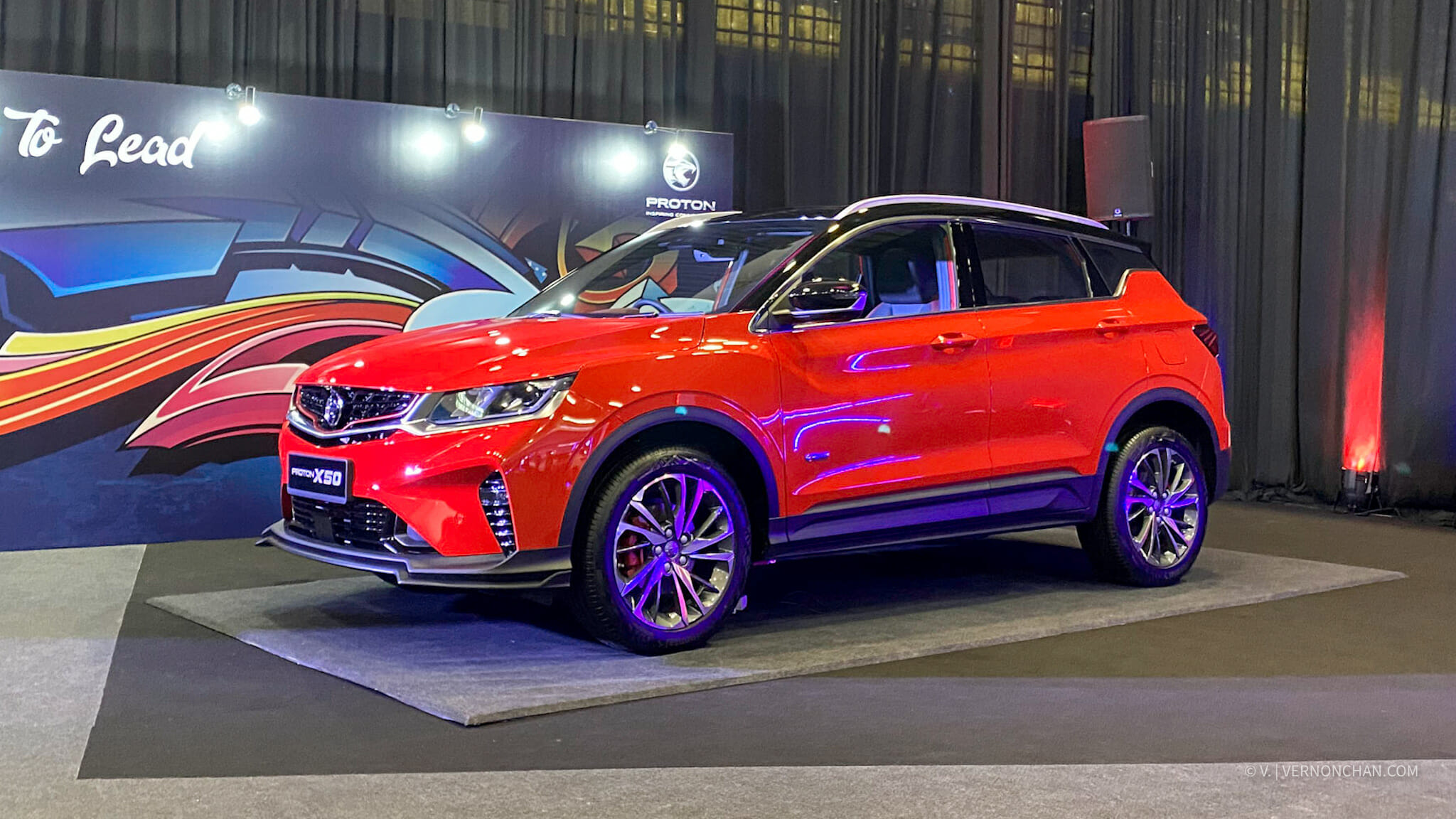By the year 2050, it is estimated that the world’s population will hit 9 billion. That’s two billion more than currently. What’s important to note is that 75% of the population will be concentrated at urban areas. Have you wondered how this affects the world’s energy consumption? Or how much it impacts carbon emissions?
It’s getting better but we can still do more
First, the bad news. A CO2 emissions study published by the journal Earth System Science Data revealed that global carbon emissions are 63% above 1990 levels. The study measures how much CO2 humans emit each year, and how much is subsequently absorbed by the environment.
The study, however, does not include CO2 emissions from non-industrial sources like deforestation, as well as other greenhouse gases like methane.
Fossil fuel emissions account for 91% of total CO2 emissions from human sources (Data: 2014).
The good news? CO2 emissions are leveling off. The study shows that global CO2 emissions are plateauing, and have been steady for the past three years.
The plateau in emissions is attributed to decline in emissions in the US and China. China reduced CO2 emissions by 0.7% in 2015, and a further 0.5% in 2016.
US, on the other hand, reduced its emissions by 2.6% in 2015, and estimated to have decreased it by an additional 1.7% in 2016. US emissions are at their lowest level since 1992, despite the economy growing 80% since that time.
Some countries have made coal-to-gas switch in the power sector, as well as turning to renewables and nuclear power.
A dire need for change
Based on the world’s “carbon budget”, the world will only have 800 billion tons of CO2 left to emit in 2017, before we eliminate two-thirds of a chance of preventing global warming. The tipping point is 2 degrees Celsius, for irrevocable climate change.
If the rate of 36 billion tons of CO2 emitted in 2016 remains, our 800-billion ton carbon budget will be exhausted in just 22 years. Yikes.
A small step, with green cars
When it comes to mobility and the automotive industry, we tend to talk about fuel efficiency and carbon emissions. The quest for “greener” vehicles has spurred the rise of alternative fuel vehicles (AFV), electric vehicles (EV), hybrid and plug-in hybrid vehicles.
In the UK automotive industry, things have taken a positive turn thanks to stringent UK and European Union (EU) regulations. According to SMMT’s “New Car CO2 Report 2017,” 2016 returned record low average new car and van CO2 emissions. The UK has become the largest market in Europe for zero-emission capable and hybrid vehicles.
Importantly, the average new car emitted 120.1g/km CO2 in 2016, down 1.1% on 2015’s. And a substantial 33.6% below that of 2000. This in part was supported by a 22% rise in alternatively-fueled vehicles which tend to have 40% lower emissions than market average. There was also a 15% rise in the number of pure EVs and plug-in hybrid vehicles, with more than 30 models available in the market.
EU has the toughest CO2 targets in the world, next up is 95g/km by 2021. This would mean countries like UK will need to significantly increase the rate of progress – to 4.6% per annum.
To meet the demands of urbanisation, and addressing energy use and emissions in the road transport sector, Shell embarked on a little quest of their own.
Shell makes a car
In April 2016, it revealed a concept city car, an ambitious project co-engineered with Geo Technology and Gordon Murray Design.
Codenamed “Project M,” the Shell Concept Car is tangible proof that ultimate energy efficiency is possible with the use of the right lubricants, cutting-edge construction and material technology.
At the recently-concluded Make the Future bright ideas festival held in Singapore, I got a chance to get up-close-and-personal with the diminutive urban transporter, and the people behind the project.
A project five years in the making, the goals for the reference urban car was crystal clear. It had to be a lightweight, ultra-energy efficient, affordable and produce low carbon emissions. It would be a perfect urban runabout, yet fun and safe.
To make things work, Shell engaged award-winning UK-based Gordon Murray Design to design and engineer the Shell Concept Car.
If the name sounds familiar, Gordon Murray is a former F1 car designer and engineer, and the same visionary who developed the McLaren F1 supercar.
Gordon Murray Design’s revolutionary iStream automotive manufacturing system injects Formula One technology to everyday motoring, and represents the first major breakthrough in automotive manufacturing since high volume production of the Ford Model T.
iStream uses Formula 1 derived materials philosophy and technology, coupled with chassis frame design. This results in a super strong and super light structure, and also reduces environmental impact of vehicle manufacture (due to less components). It uses materials that have low energy and CO2 footprint. Some of the car components were created using 3D printing, and also recycled carbon fibre for its body. What’s cool is that almost the entire car can be recycled at the end of its life.
The Shell Concept Car builds upon Gordon Murray Design’s T.25 city car produced in 2010, where it also used a prototype Shell oil to improve energy efficiency.
The ultimate urban transport
So, back to the car proper. In terms of design, the Shell Concept Car has a “tall and narrow” look, emblazoned with Shell red, yellow and white corporate colours on its exterior. It’s what you’d describe as cute. It certainly wouldn’t look out of place in Disney Pixar’s “Cars” animated film.
Its contoured design, of course, has a purpose. It minimises wind resistance, and in fact features a commendable Cd of 0.29.
It has a central driving position, with a rear seat that fits two passengers. The driving position gives it a sporty driving feel, as well flexibility of entry-exit on both sides of the car. Surprisingly, despite my 6-foot frame, I can comfortably sit in the driver’s seat, as well as also have enough legroom when seated at the back.
The minimalistic yet futuristic cabin houses a central dash, an ergonomic steering as well as familiar knobs and buttons you’d expect in any modern-day car. The car uses a modified version of Shell’s Drive App. You can use your smartphone to receive real-time feedback from the car – fuel consumption and so forth.
Thanks to the patented iStream platform which it is built upon, Project M weighs just 550kg. A lighter car translates into a more competitive power-to-weight ratio, which translates into better efficiency and performance.
Despite its size (it measures 1.35m W x 2.5m L x 1.6m H), it still has a usable luggage space of 160 litres. Enough for weekend grocery shopping.
And here’s a bit of trivia for you – if you lined them up side-by-side, you’d be able to fit five Project M cars between the posts of a football goal. Also, the car could comfortably sit on top a ping-pong table!
Another impressive thing is its incredible 6m turning radius.
Under the hood is where it gets interesting. The cool thing is, Project M runs a conventional powertrain and drivetrain. The power plant is a Mitsubishi all-alloy three cylinder engine. I’m presuming it’s a derivative of the 3B2 that’s originally found on the Mitsubishi i kei car. The 659cc turbo-charged lump is a conventional gasoline engine with the addition of Mitsubishi’s Smart Idling system which turns off the engine automatically when the vehicle is stationary. It can restart within 0.2 seconds.
The 43bhp/33kw and 64Nm lump is mated to a semi-auto sequential 5-speed gearbox. This may not look like much, but it’s enough to take the Project M from 0-100km/h in 15.8s and a top speed of 156km/h (restricted to 145km/h).
It wasn’t just a straightforward slap on job, though. Engine guru Osamu Goto and his team at Geo Technology tweaked the engine by re-designing and optimising many of its internal engine components. Working closely with Shell, they focused on the overall efficiency of the engine, principally by minimising friction.
Shell devised a bespoke engine oil based on its premium Shell Helix Ultra formula with PurePlus Technology. The “ultra-thin” 0W-12 engine oil is part of the secret sauce that helps Project M achieve 107mpg (38km/litre) at a constant 70km/h. This means it will give you over 800km on its full tank of 22 litres. It also produces 28% and 32% lower CO2 emissions compared to a petrol city car and hybrid car respectively.
On the cold portion of the New European Driving Cycle (NEDC) fuel-efficiency tests, the bespoke fluids alone reduced CO2 emissions by 7.1% and on the combined cycle by 5.0%, compared to conventional fluids.
In summary, based on independent testing, Project M will deliver 34% reduction in primary energy use over its entire lifecycle, compared to a conventional car in the UK.
Shell says, “you could build and drive Project M for more than 100,000km and still use less energy than it takes to manufacture and deliver a typical SUV in the UK, to a showroom.”
Mobility for the future
“Father” of the Project M, Wolfgang Warnecke, chief scientist mobility at Shell, says the basis of the Shell Concept Car is to not represent something exotic. But instead, an urban mobility solution for the masses – small, affordable and easy to make.
When I asked him, Warnecke was quick to say that Shell isn’t about to become a car manufacturer. Project M is an idea, and a reference design for automakers to hopefully pick up and develop on their own.
If it were to go into mass production, Warnecke says a real-world Project M could be sold for under 15,000euros.
A conversation starter? Most definitely. Importantly, it’s a positive peek into a more energy efficient and less carbon-dependent future. I could see the Project M being used as a city runabout in Singapore, or a megacity like Tokyo.
What do you think about Project M? Leave your thoughts in the comments box below.
Official photos



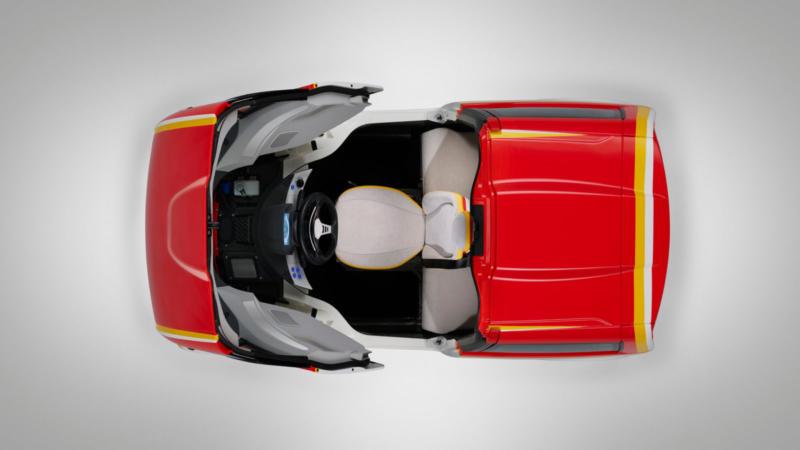
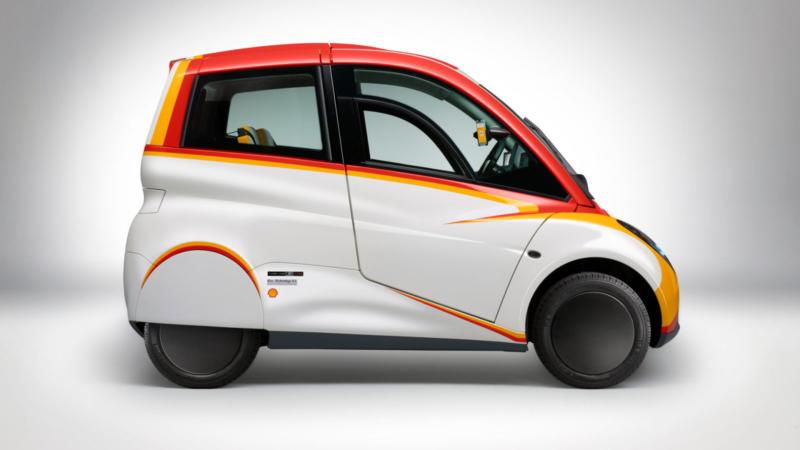
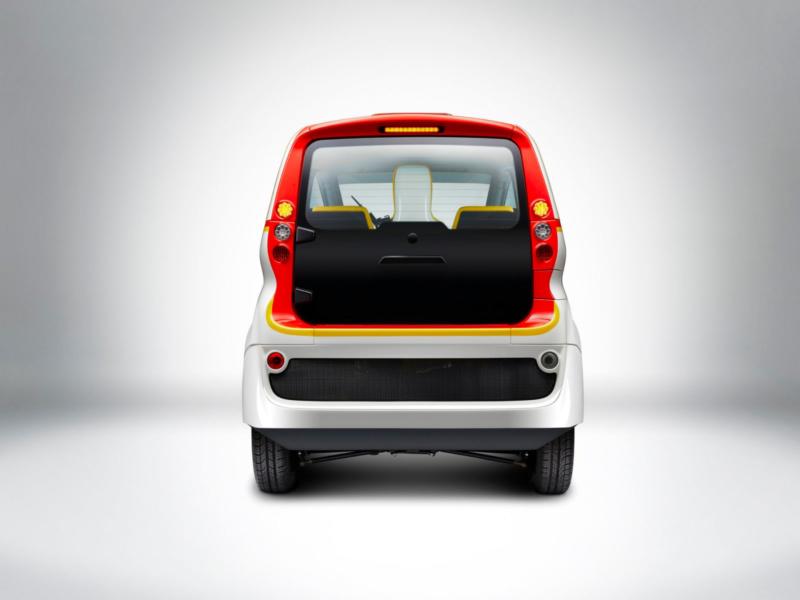
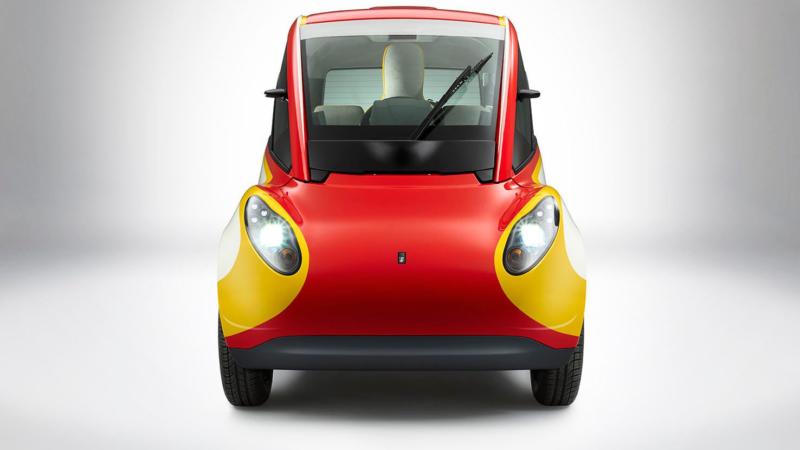
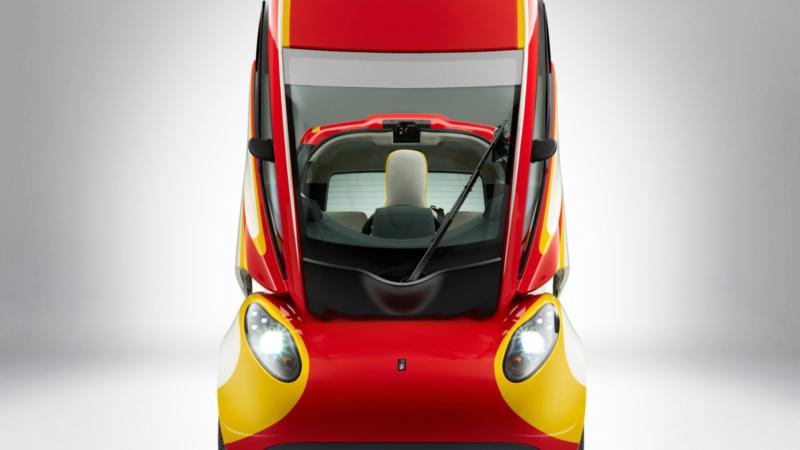
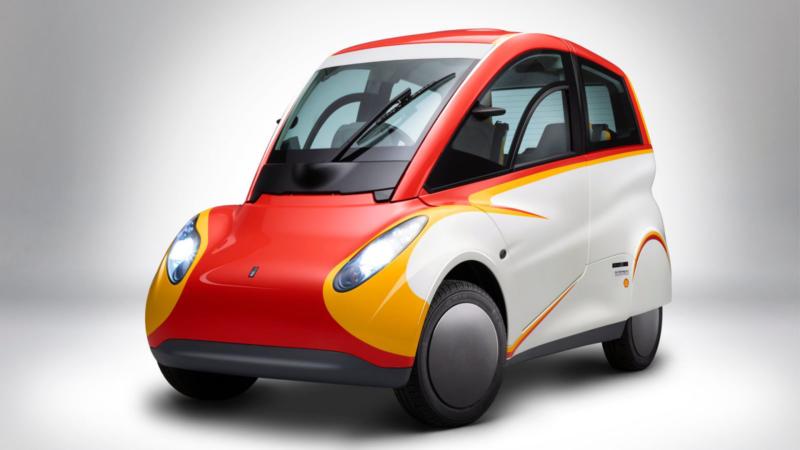


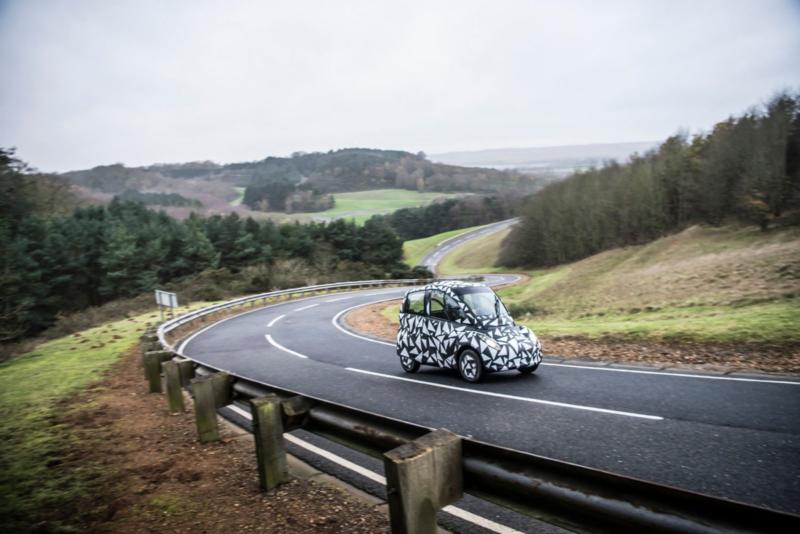

Source: The Guardian, Green Car Reports, SMMT UK, Gordon Murray Design, Shell








